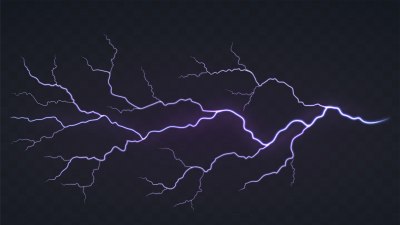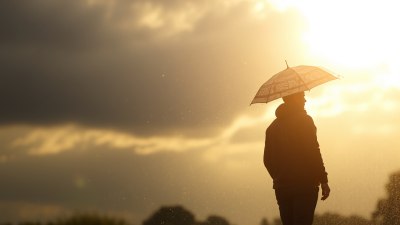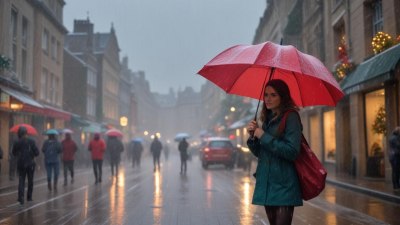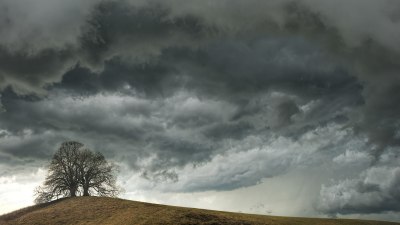Why Some Storms Produce Rolling Thunder
Explore the science behind rolling thunder and its occurrence during storms.
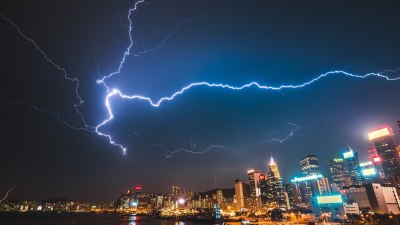
Thunder is a fascinating natural phenomenon, often linked with storms, yet it is more than just a loud noise. When storms roll through, they can produce various types of thunder, one of which is the much-discussed rolling thunder. This article will delve into the reasons some storms produce rolling thunder, the acoustic principles behind it, and how environmental factors contribute to this dramatic celestial sound.
Understanding Thunder
Before diving into the specifics of rolling thunder, it’s essential to understand what thunder is. Thunder is the sound produced by the rapid expansion and contraction of air heated by lightning. When a lightning bolt strikes, it causes the temperature of the air to rise sharply, leading to a sudden increase in pressure. As this superheated air expands, it creates a shockwave that propagates through the atmosphere, culminating in the rolling rumble that accompanies a storm.
The Formation of Rolling Thunder
Rolling thunder occurs due to a combination of factors, including the distance of the observer from the lightning strike and the atmospheric conditions at play. The sound of thunder can travel for several miles, and as it does, it interacts with various elements of the environment.
When the sound travels, it does not move in a straight line; instead, it can be affected by the terrain and the layers of the atmosphere. If you hear rolling thunder, it is likely that the sound waves are bouncing off barriers like hills or buildings, leading to a prolonged sound experience. This reflection helps create that characteristic rolling quality.
Distance and Doppler Effect
The distance between the lightning strike and the observer also plays a significant role in the perception of thunder. When a lightning strike occurs far away, the sound takes longer to reach the observer, leading to a more drawn-out rumble. Additionally, the Doppler effect can influence how thunder sounds. If a storm is moving towards the observer, the sound waves compress, creating a sharper sound. Conversely, if the storm is moving away, the sound waves elongate, which contributes to that rolling effect.
Atmospheric Conditions
The state of the atmosphere significantly impacts how thunder sounds. Temperature gradients, humidity, and wind patterns can all affect sound propagation. For example, if the atmosphere is warm and humid, sound travels better, which can lead to a more pronounced and clearer thunder sound. In contrast, a dry atmosphere can scatter sound waves, affecting how thunder is perceived.
Types of Thunder Sounds
Thunder can generally be classified into different categories based on its sound: the sharp crack, the loud boom, and the rolling rumble. Each type is linked to different atmospheric phenomena. The sharp crack often signifies a close lightning strike, while the loud boom indicates a more distant strike. The rolling rumble we are focusing on adds a unique acoustic experience that can be mesmerizing during a storm.
Interaction with Terrain
Terrain can have an astounding impact on the propagation of sound, which explains why certain locations are more prone to rolling thunder than others. In mountainous or hilly areas, thunder can bounce off various surfaces, causing echoes that extend the duration of the sound. Flatlands may not provide the same acoustic environment for rolling thunder, leading to shorter bursts of sound instead.
Lightning Types and Thunder
Not all lightning strikes are created equal, and the type of lightning can influence the resulting thunder sound. For instance, cloud-to-ground lightning tends to produce a more pronounced thunder sound due to the vast energy discharge hitting the ground. In contrast, intra-cloud lightning, which occurs within clouds, may create less thunder or lead to a more muted sound, as the energy is dissipated over a shorter distance.
Thunderstorm Development
The development of a thunderstorm can influence how rolling thunder is experienced. An organized thunderstorm might maintain a structure that allows sound waves to travel effectively, producing prolonged rolling thunder sounds. In contrast, more chaotic and disorganized storms may lead to shorter and more erratic thunder sounds.
Somatic Reception and Perception
How people perceive thunder can also depend on their sensory thresholds and environmental context. An individual closer to the storm may experience the heart-pounding boom associated with an intense lightning strike. Conversely, those further away may catch only the softer rolling thunder, which can feel less immediate but is no less impressive.
Cultural Interpretations
Throughout history, various cultures have ascribed different meanings to thunder, including rolling thunder. In many societies, thunder is viewed as a powerful elemental force or a sign of impending change. Mythologies often feature gods associated with lightning and thunder, suggesting a relationship with the natural world's raw and untamed instincts.
Safety Considerations
If you’re outside during a storm, understanding the nature of thunder can help in safety. Rolling thunder indicates that the storm is still quite far away, but one should always monitor weather alerts and take precautions when thunder is imminent. Staying indoors during severe weather events is crucial to ensuring personal safety.
Rolling thunder adds to the atmospheric drama of a storm, creating a rich tapestry of sound that is both awe-inspiring and respectful of nature's power. The interaction of sound waves with the environment, atmospheric conditions, distance, and the type of lightning all play critical roles in whether a storm produces this unique auditory phenomenon. Understanding rolling thunder enhances our appreciation of storms while serving as a reminder of the incredible forces at play in the ambiance above us.


